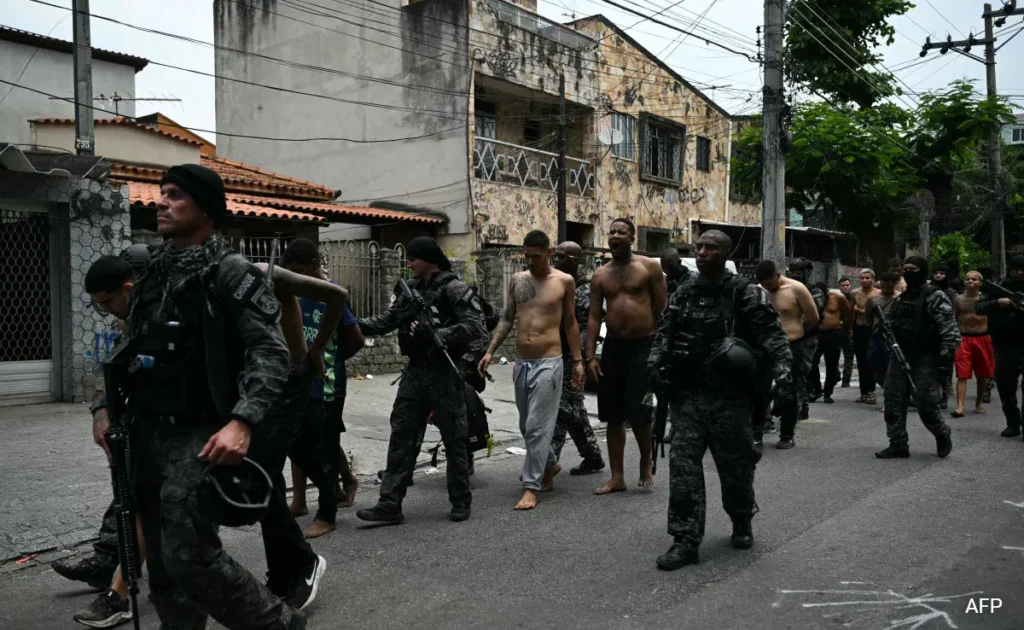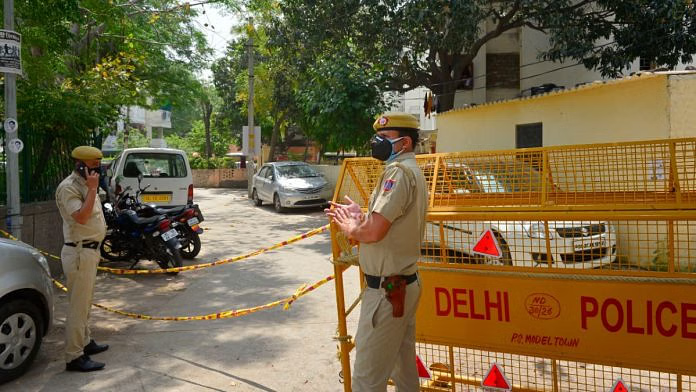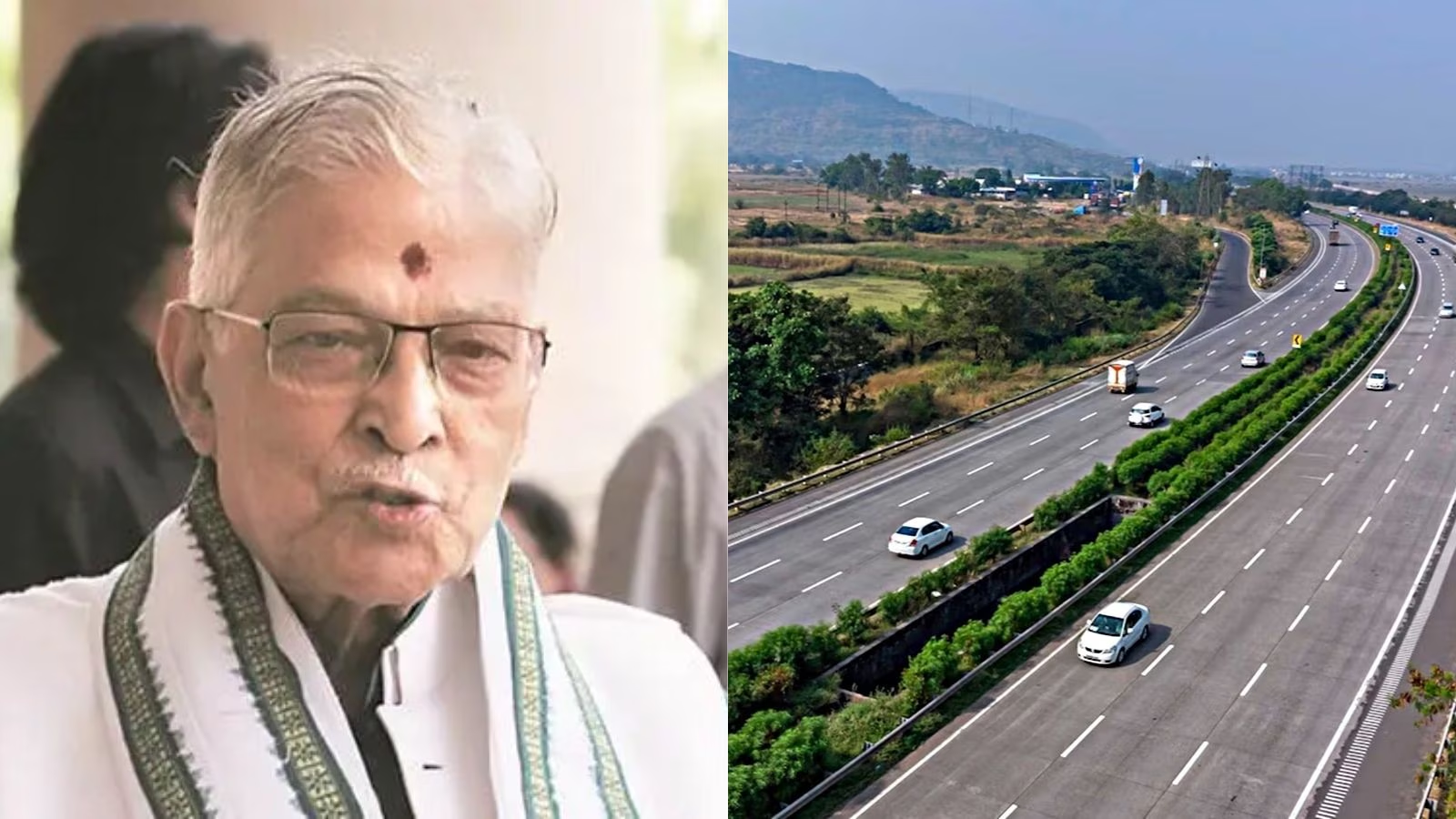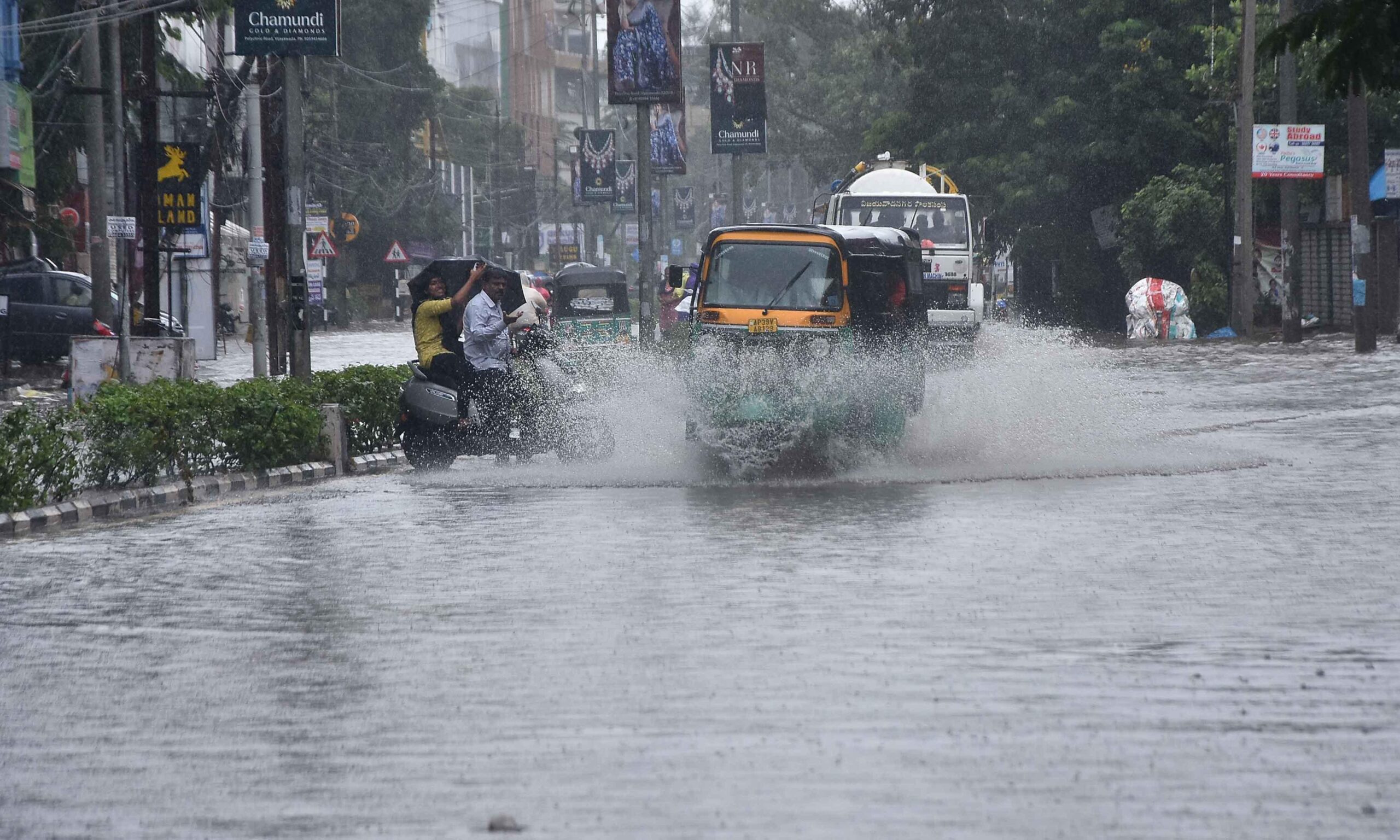Now Reading: Violence in Bareilly After “I Love Muhammad” Posters Spark Protests
-
01
Violence in Bareilly After “I Love Muhammad” Posters Spark Protests
Violence in Bareilly After “I Love Muhammad” Posters Spark Protests
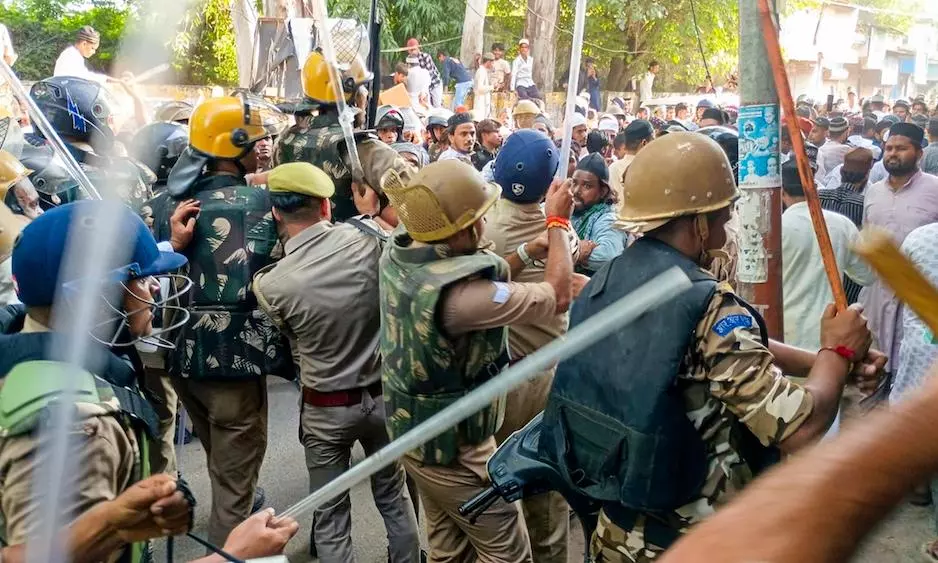
Bareilly witnessed tense scenes after protests against posters reading “I Love Muhammad” escalated into violence, leaving at least 10 policemen injured and resulting in the detention of around 50 people. What began as a demonstration quickly turned into stone pelting and clashes, forcing police to intervene with heavy deployment across sensitive areas of the city. The incident has reignited concerns over communal sensitivity and law-and-order management in smaller urban centres.
How the Incident Unfolded
The controversy began when posters appeared in parts of Bareilly, triggering objections from some groups who claimed it could disturb communal harmony. Protests swelled in size, and despite initial police attempts to disperse crowds, the situation deteriorated into open confrontation. Stones were thrown, vehicles were damaged, and chaos spread in affected areas.
Police Action and Security Measures
To control the situation, police detained nearly 50 people and tightened security in vulnerable neighbourhoods. Additional forces were rushed in, and checkpoints were set up to monitor movement. Senior officials stressed that strict action will be taken against those responsible for instigating violence. The injured police personnel are reported to be recovering, but the clashes highlighted the risks frontline officers face in volatile conditions.
The Larger Context
Incidents like these underscore how religious sentiments can quickly spiral into unrest in Tier-2 and Tier-3 cities, where communities live in close quarters and tensions can flare rapidly. For Bareilly, a city with a diverse population and a history of sensitive flashpoints, maintaining peace requires proactive dialogue as much as enforcement. Social media has also played a role, with images and posts amplifying anger among groups before official clarification could reach the ground.
Why It Matters Beyond Bareilly
Such outbreaks of violence not only disturb local peace but also disrupt daily life, businesses, and transport in smaller cities. They also put pressure on administrative machinery that is often stretched thin. The incident serves as a reminder of how fragile harmony can be when issues are communalised and exploited for mobilisation.
Conclusion
The Bareilly clashes highlight a recurring challenge for India’s smaller urban centres: balancing freedom of expression with sensitivity to community sentiments, while ensuring law and order. As the city returns to calm under strict police watch, the key test will be whether authorities and communities can move from reaction to prevention—creating systems that stop such flare-ups before they turn violent.








